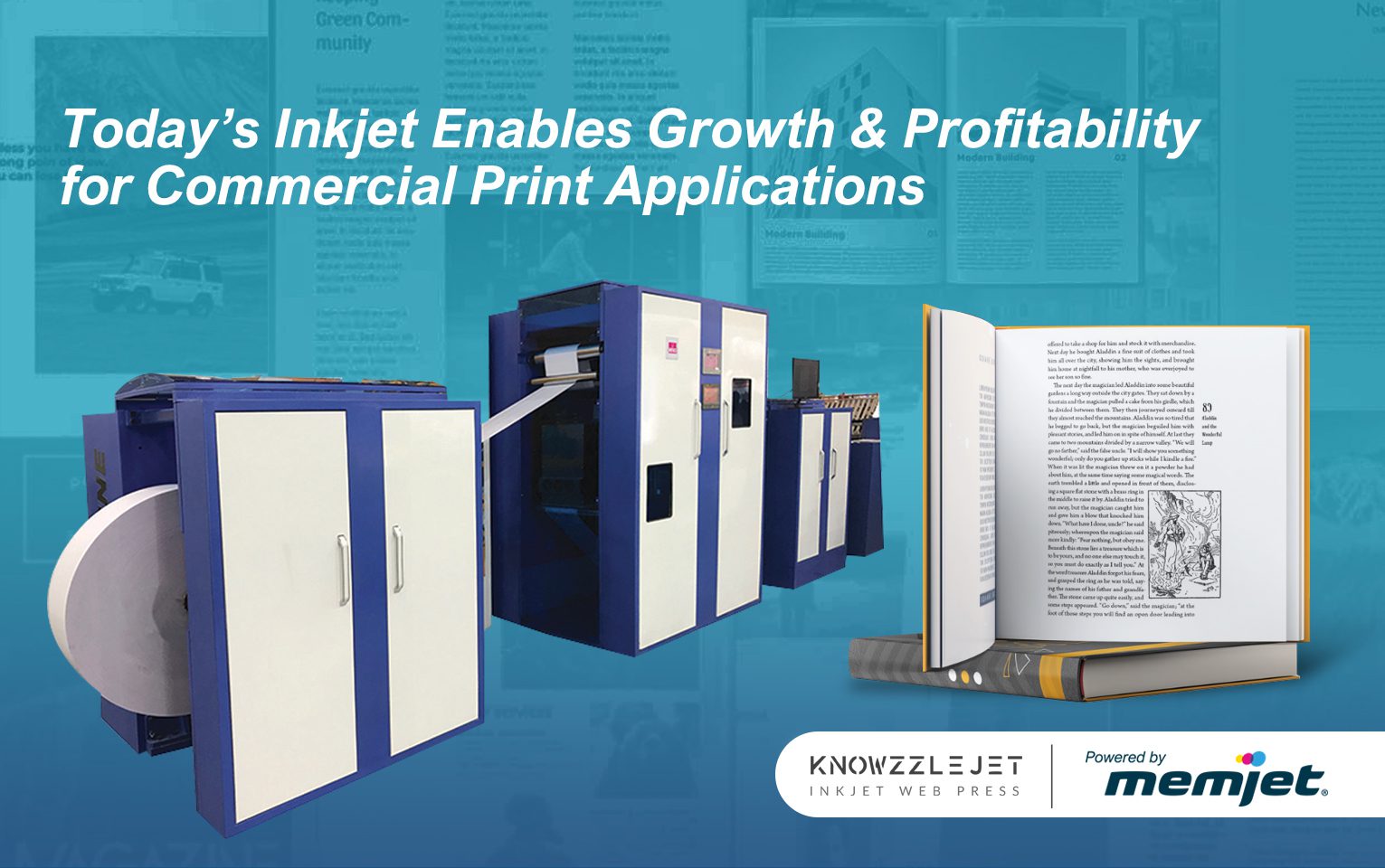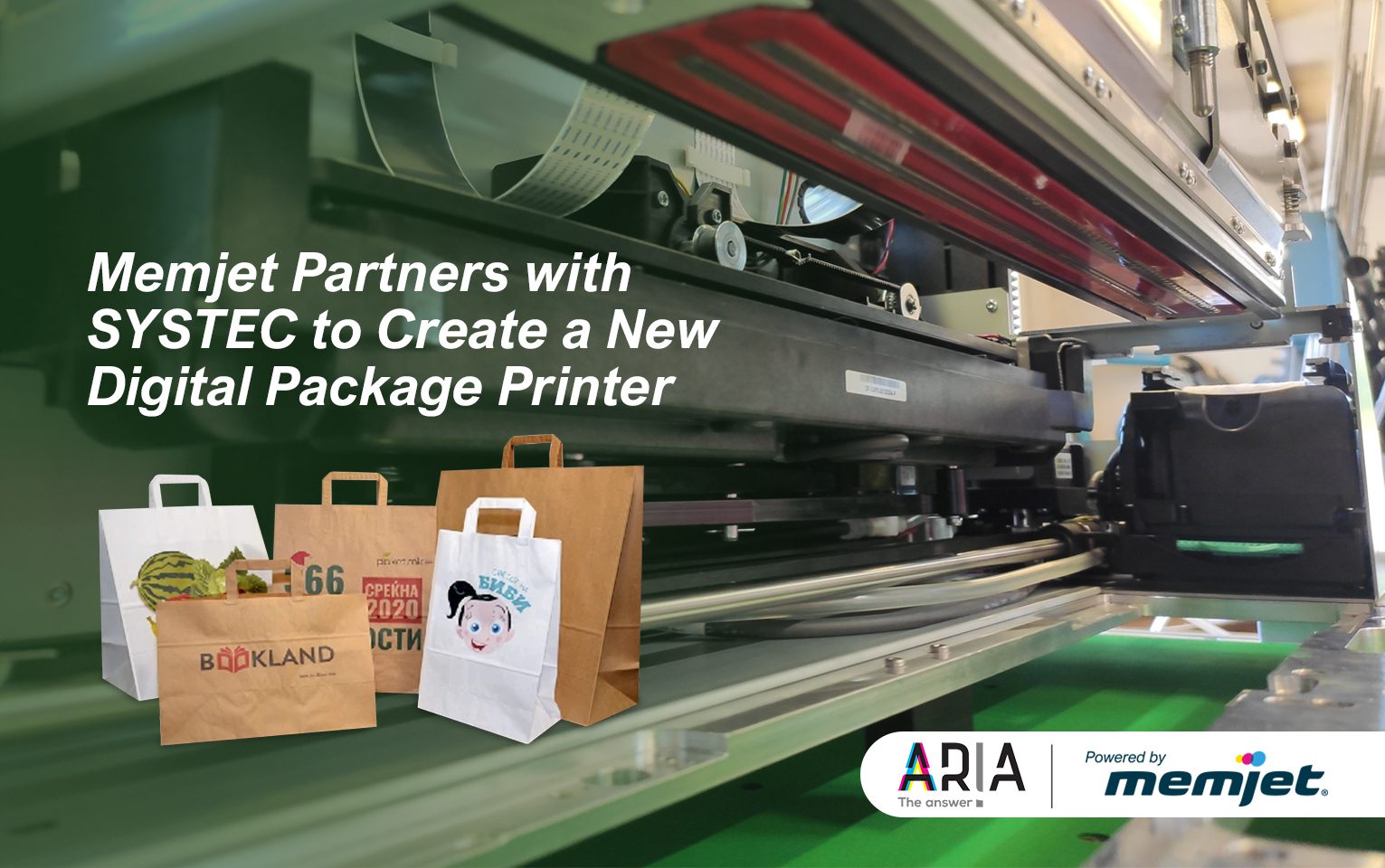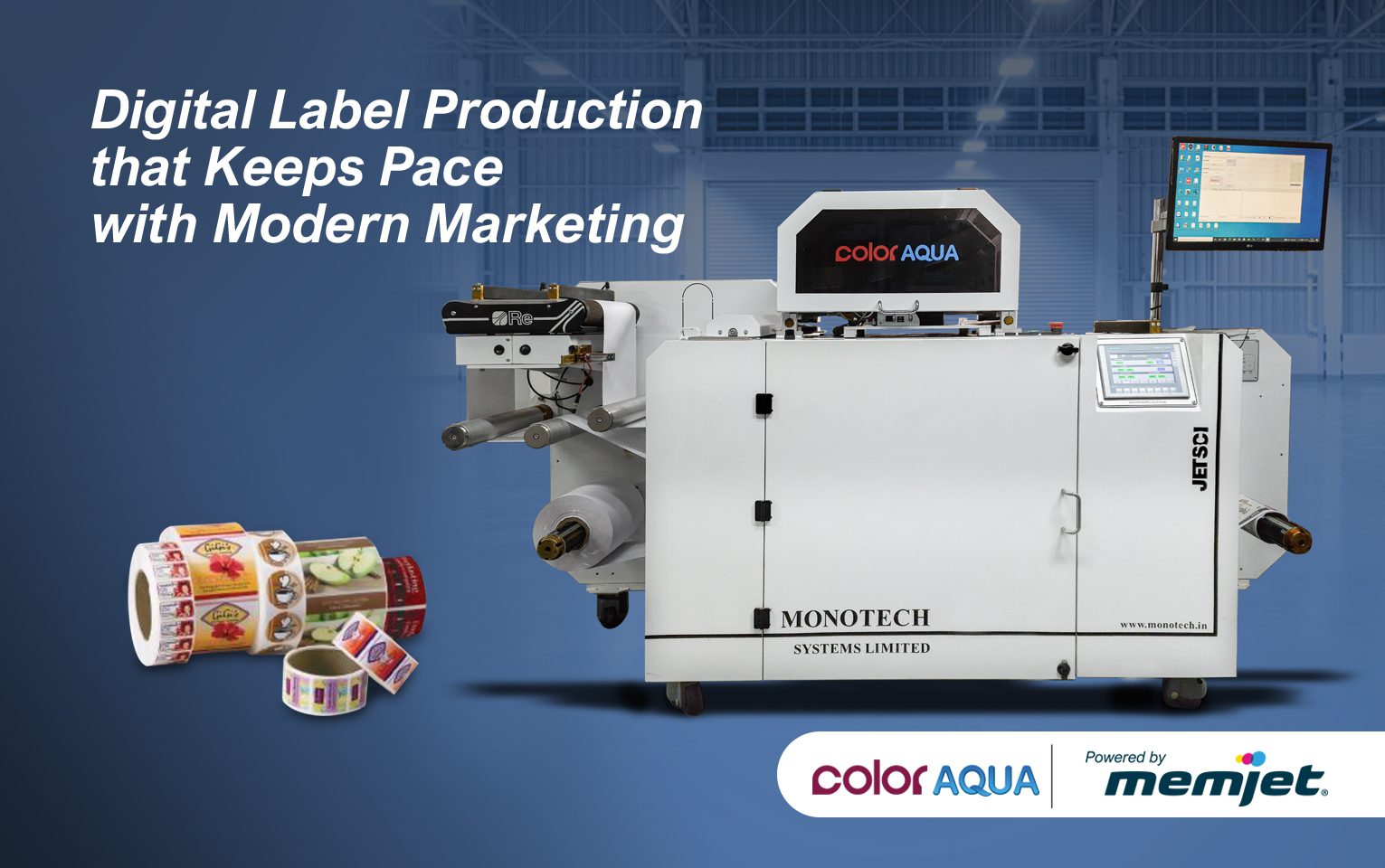By: Marc Johnson, Director Global Product Management at Memjet
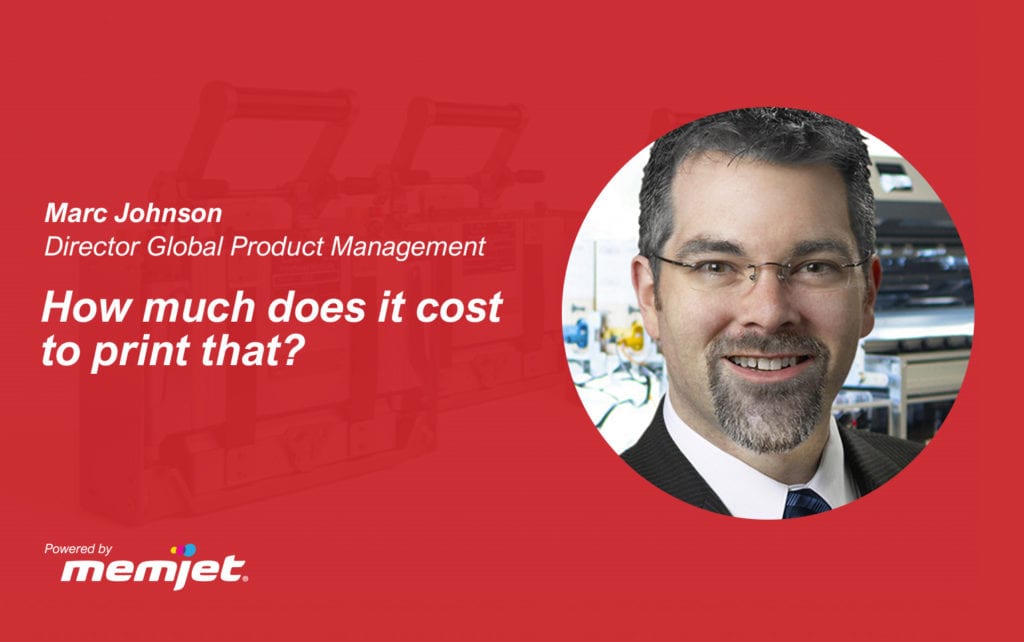
“How much does it cost to print that?”
A simple question printers ask when evaluating inkjet printing presses – and one where the answer can come from many different measurements and metrics.
Once we start having the cost discussion with OEM partners and their customers, the conversation usually gets very specific – How much does the ink cost? How much do printheads cost? What’s the total system cost? What other costs are there?
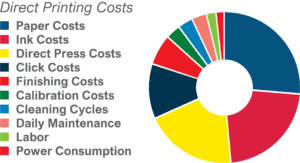
example from Graphics Journal Dec 2016, PIA Great Lakes, using a set of 11 books and 500 copies each
The answers to each of these questions are important pieces to the big question of how much it costs to print – but what we’ve learned is that each component of cost can have an impact on the others, so it’s important to look at all of them together as a system – much like how all components of an inkjet press need to work together to produce quality print. We’ve built a model that captures each element, how they interact, and provides a net TCOP, or total cost of print.
In a TCOP model, the variable elements in the production of print are measured, costs assigned, and a net “per page” cost is calculated. When comparing costs using this model between different systems, printers can discover how some systems with a lower hardware cost, but with added “click charges,” may in the end be more expensive than systems with a higher ink cost and lower initial hardware cost. Or conversely, more expensive hardware with lower ink cost could provide the result you desire.
Recently, when doing a cost comparison, a printer was presented with a proposal that was “one third lower in ink cost.” While that sounded like a big number, diving into the details uncovered important insights. By factoring in hardware and service costs, ink efficiency (how much ink is used in the job), we found that the system with a “higher ink cost” actually produced the lower total cost to print:
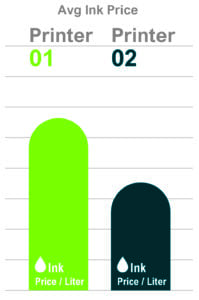
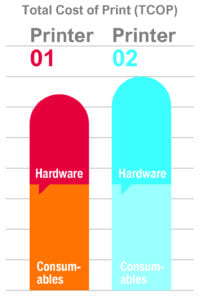
This model has helped the printer better understand how click charges (or meter charges, “per linear foot” charges) can dramatically impact what initially was a “low cost” proposal:
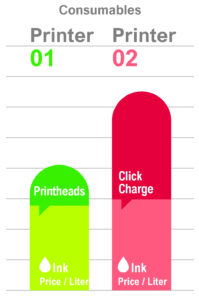
So how are the costs calculated and verified? With inkjet, ink usage or coverage is the critical cost driver, and most inkjet printing system manufacturers provide a cost estimator to help printers determine an accurate cost per page to use for estimation purposes. With Memjet-powered systems, the process is relatively simple, as we use an estimation tool that accurately (within +- 5%) measures the amount of ink that will be used. We compare that to the amount actually used, as measured on the printing engine itself, to verify. The hardware costs are a matter of simple math – dividing monthly lease payments and service contract costs across the total number of pages to get to a “per page” cost. What isn’t captured here are paper costs (it’s assumed the same paper is being compared, so it’s a constant). Same for labor and electricity costs.
However, when evaluating the impact of a new inkjet printing system – especially when replacing older conventional offset – that’s when things get a little more interesting. Digital inkjet production can eliminate many of the inefficiencies that come with analog offset printing: long ramp-up times, pre-press and plate costs, spoilage and waste, as well as additional labor costs at every step. Not to mention the costs involved with shipping and warehousing longer runs versus printing more “on demand.”
To capture the full impact of both the print and non-print costs, most printers will build a full ROI (return-on-investment) model to accurately capture both new and eliminated costs, from electricity to labor – as well as changes in ink costs and labor. In many cases, we’ve seen savvy printers also build new revenue models with capacity and opportunity factors to capture upside potential. One good example is a printer who took advantage of new inkjet technology to re-balance their workload – moving more time-consuming “difficult” jobs to their inkjet presses, freeing up their offset equipment for what it’s better at – long run jobs, and finding enough efficiencies that let them retire some of their offset presses, freeing up space, labor, and overhead in the process.
There are some cases where, for extremely large runs or extremely low monthly volumes, different elements of the cost equation will matter more. When comparing the annual operating cost – including capital equipment payments and service costs – of four different inkjet printing systems, we see that “Printer 1” has the lowest annual total cost of print at volumes of 1 million impressions. However, if monthly volumes increase to 5 million per month, “Printer 4” has the lowest annual TCOP, but at 8M and above its capacity is exceeded.
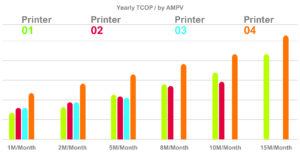
The bottom line: having a person with a keen financial eye looking at the impacts new technology will make – across all functions in a printer’s operations – will be invaluable. By looking at TCOP, ROI, and opportunity models, printers will be able to plan their new technology implementations, and more importantly, measure and validate that they are having the expected impacts on their business. Inkjet analysis is not a “one and done” process, but it can transform your business.
Connect with us on LinkedIn or Twitter.

